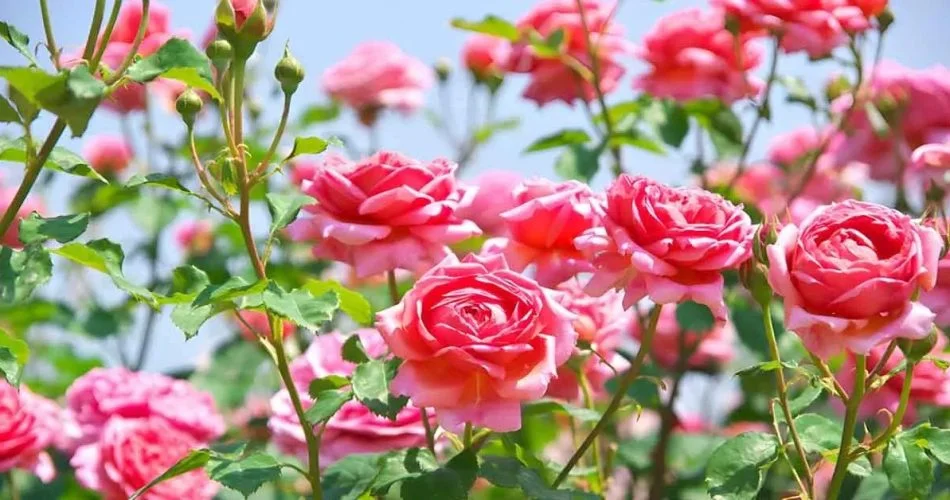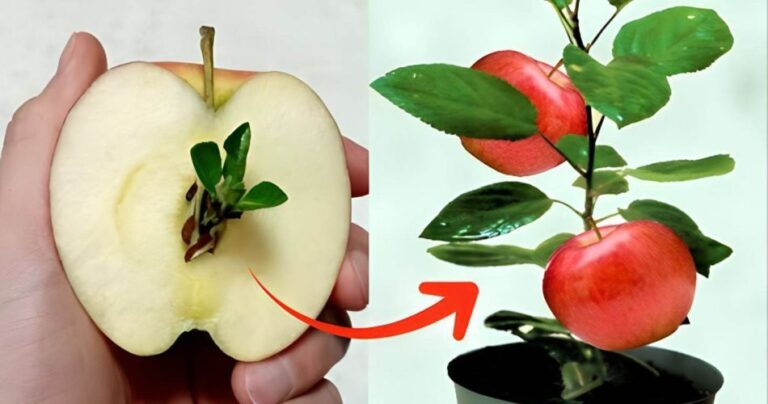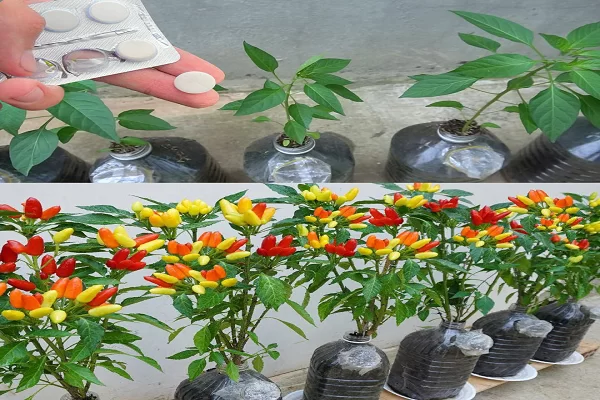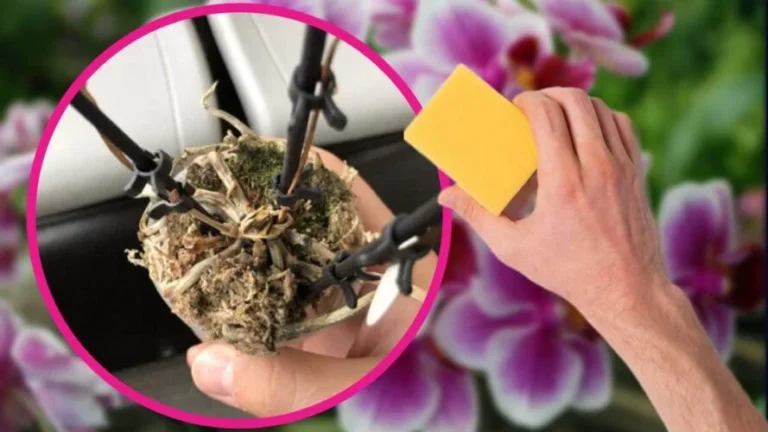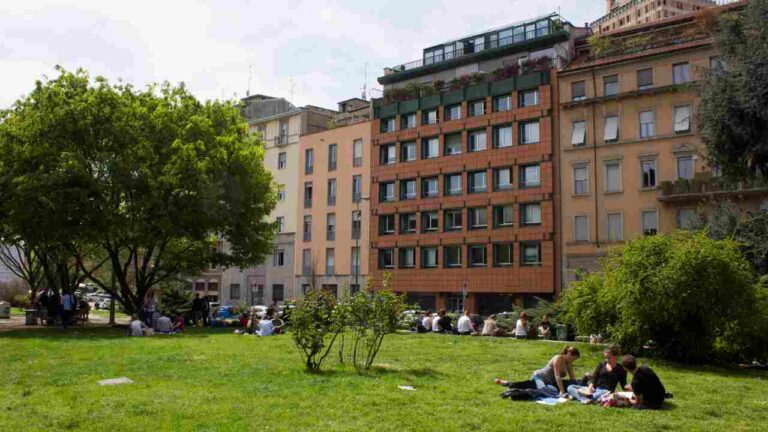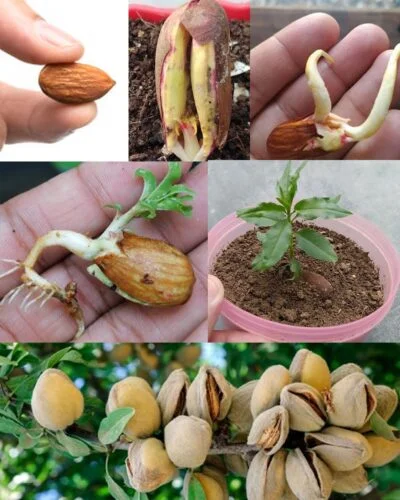How do you get healthy, flowering roses?
What a pleasure to have them with us! Symbol of elegance and femininity, roses are among the most loved plants. Their variety of colors is synonymous with love, friendship and gratitude and gives a touch of warmth to our garden. However, the success of flowering depends on the care we dedicate to our plant every day. Here are some care and watering techniques that will give your flowers a second life, according to the advice of Alain Tur, gardener from Haute-Garonne.
To preserve the decorative qualities of a rose garden, simple precautions should be taken. They take into account the essential parameters for its growth, such as the environment, exposure, fertilization and irrigation.
Do roses need special watering to stay in perfect condition?
The issue of watering is probably the pinnacle of any plant conservation process. Lack of water and, conversely, excess water can damage flowers and plants.
– Water at the right time according to the season for good growth of roses
In spring and summer, the rose bush is undoubtedly the most popular flowering shrub. Given its many facets, it is difficult to choose one. In fact, this flowering plant is available in different sizes, from a few centimeters to several meters, and can be grown in the garden. Used in a pot, on the edge or at the bottom of your outdoor space, the rose bush will delight you with its foliage, all its scents, its shapes and its colors if you choose different varieties. If planted well, it is easy to care for and you will be surprised at the number of flowers that grow each year.
Typically, roses have a root system that extends deep into the soil. Therefore, they do not need a lot of water. Naturally, watering must be more abundant in seasons with high temperatures. However, the soil must not be sandy, otherwise the retained water will be very low. Unlike plants in the open ground, which only need to be watered once a week, potted roses need to be watered several times a week. However, it is advisable to take into account the weather conditions and regularly stick a finger in a few centimeters to check that the soil is not always damp.
– Mulching, a natural alternative to watering
<
